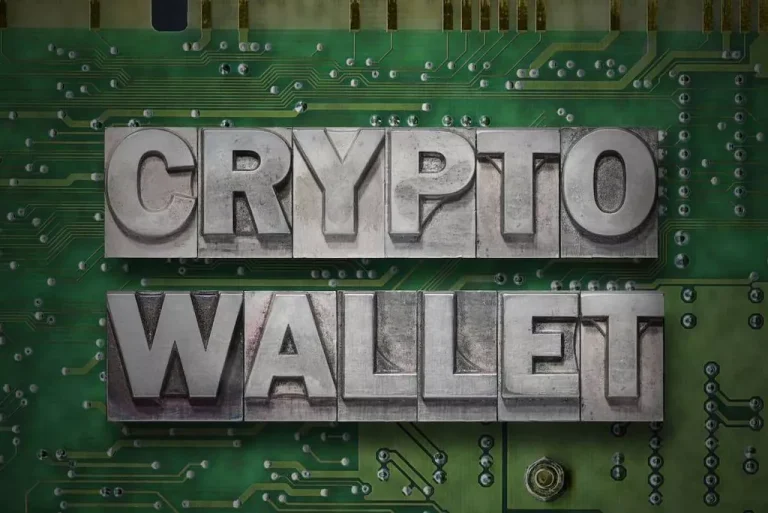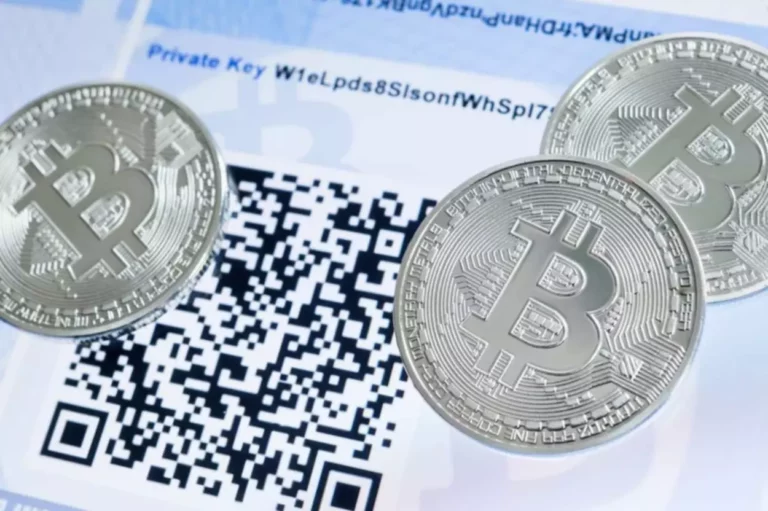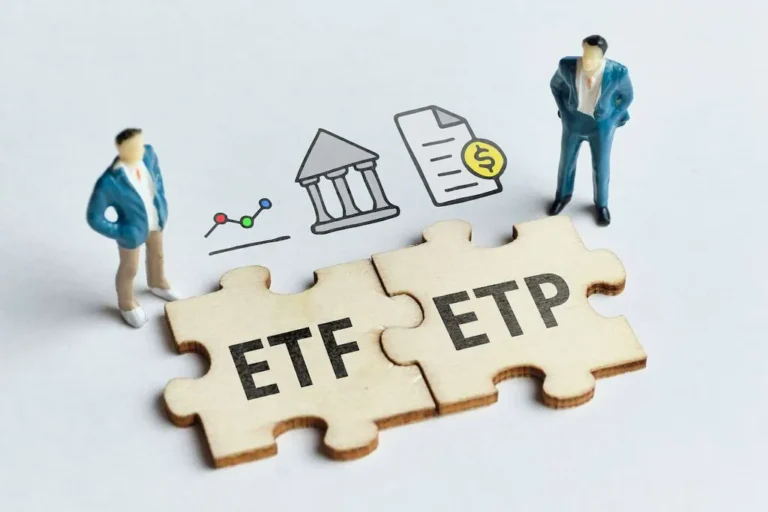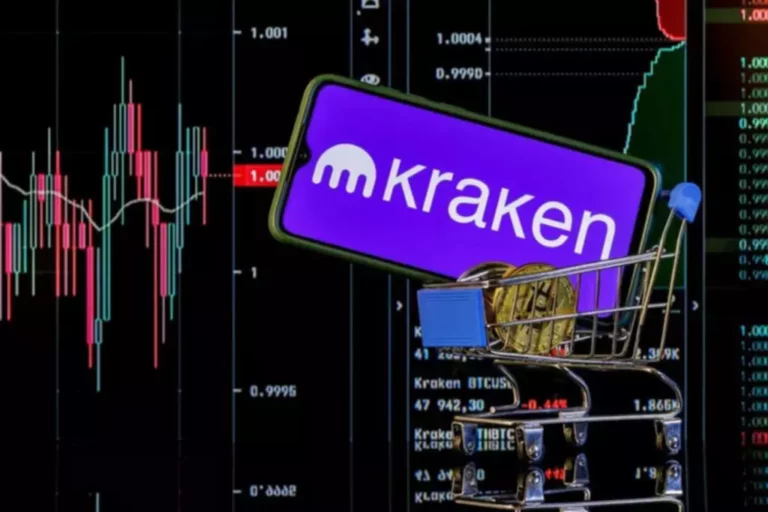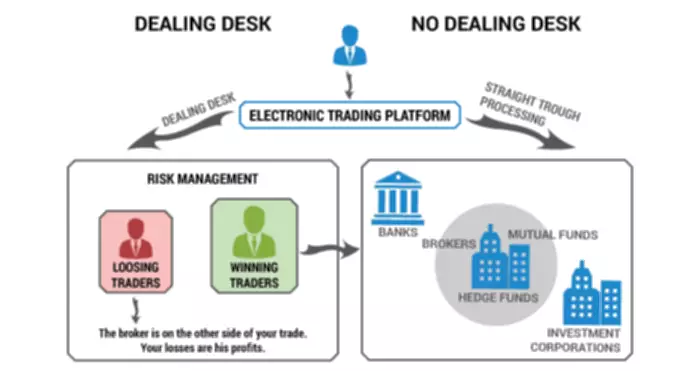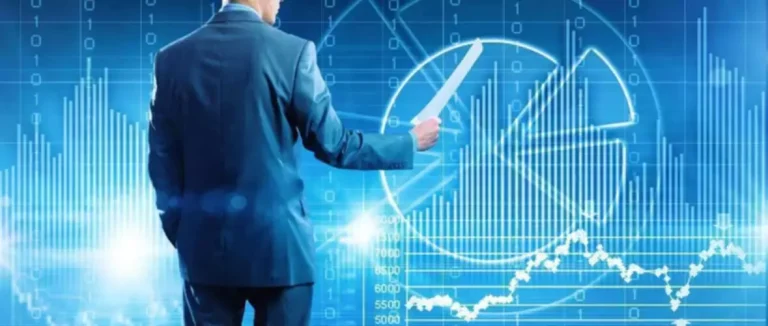Mt4 Vs Mt5: Who Wins The Trading Platform Battle In 2024?
Publicado por:
MetaTrader four is a powerful device for traders who wish to manage their trading actions and make knowledgeable buying and selling choices efficiently. Users have access to a wider scope of the financial market, superior charting options, and customizable indicators, making it a valuable resource for merchants of all levels. If, after reading this text, you are extra into server decisions but have no expertise managing such a server, we might help difference between mt4 and mt5 with that. We are specialised in transferring our client’s trading surroundings from white label to server and from server to white label.
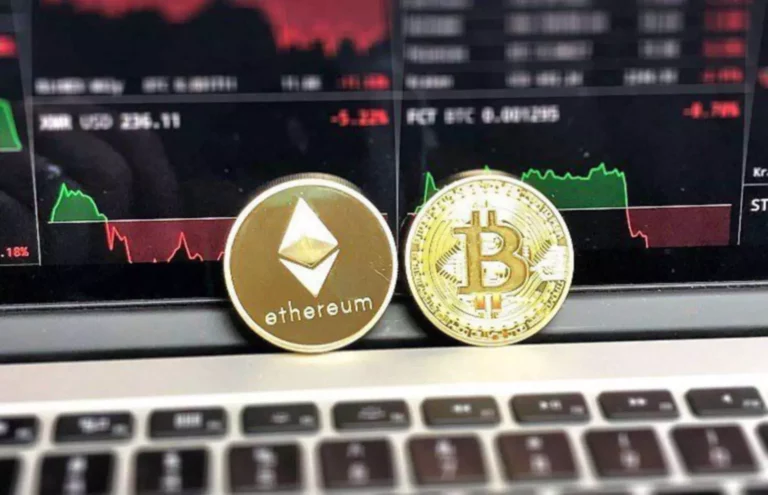
Defined: Key Variations Between Metatrader And Different In Style On-line Trading Platforms
It is just not automating the trading process but in addition there is another software making the trader’s life simpler. Most of the features like order execution, request execution and others are included in each. However, MT5 scores an edge by having change execution and buy/sell cease limits further features. MetaTrader four is the fourth model of MetaTrader platform that was released in 2005. Over the years, it hasn’t degraded its quality and nonetheless, it is a well-liked Forex buying and selling platform. If you want to increase its ability, then there are totally different financial assets like stocks, indices, and others to trade using this platform.
Things To Consider Earlier Than Buying And Selling In Forex Market
- Despite that, 1000’s of traders around the world are nonetheless unfamiliar with them.
- Nowadays, most brokerage firms compete in giving the merchants entry to the best online buying and selling softwares.
- CRM for MT4 automates several processes, saving traders priceless time they will redirect to buying and selling actions.
- It will create the curiosity of forex trading among totally different forex merchants.
- Because of downside with Internet connection, may be your earlier order has not been executed yet or trading server has not received it.
In this modern digital world, it is very important to be updated, GarvThakur provides ultrafast MetaTrader5 (MT5) trading software program to reinforce your trading abilities and experience. With the help of this software program, you presumably can improve your incomes drastically because it has distinctive options to analyse market.. The cellular trading platform makes it incredibly easier so that you simply can do all trading activities by utilising technical indicators and graphical elements. MQL (MetaQuotes Language) is a programming language on which MT4 and MT5 are built. It is a customized programming language to make forex trading environment friendly.
The Means To Use Customized Indicator And Templates On Meta Dealer

Having these insights offers a value of the real-time market to traders. At current, which foreign exchange forex or monetary property are worthwhile for trading, in MT4 merchants will get to know. A safety image called “Market Watch” is out there in it to see real-time bid/ask quotes.
Main Provider Of White Label Mt4, Mt5 And Algo Trading Solutions For The Indian Market

EAs are based on coding scripts uploaded on a platform that eases the trader’s task. With this automation, traders wouldn’t have to attend for a prolonged time to e-book earnings or exit the trade. LXCRM was crafted to make staying in contact alongside along with your Forex merchants easy.
What Are The Benefits Of Crypto Investing?
ExpertOption contains options like Online Brokerage Calculator, Trading Indicators, Brokerage Accounts and Convenient. MetaTrader 4 is known for functionalities like Option Strategy Builder, Dealer History, Strategies for Option Trader and Newsfeed. When you evaluate ExpertOption vs MetaTrader four , search for scalability, customization, ease of use, customer assist and different key factors.
No, these are technical evaluation and buying and selling software developed by Metaquotes Software to enhance your buying and selling abilities and experience. VPS hosting offers loads of benefits to overseas merchants and due to which companies proceed to run easily. Hence, with out having any overload on PCs, the downtime due to connectivity won’t be there.
The better part is that the mobile app has a lot of the indispensable instruments within the desktop model, together with interactive graphs and third-party indicators. Yes, MT4 and MT5 software helps algo buying and selling, now you presumably can trade while you’re sleeping. Basically it’s a buying and selling platform (MT4 and MT5) where you don’t have anything more to deal with losses and take revenue in orders.
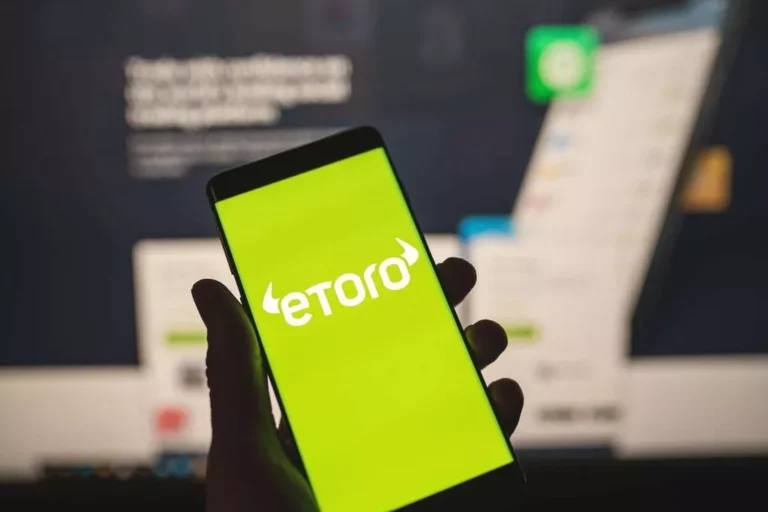
CRM for MT4 is relatively expensive, making it robust for smaller traders and brokers to afford. Yes, merchants can execute trades immediately from the CRM for MT4 dashboard, with out the necessity for third-party software. Yes, retailers can use customized indicators with CRM for MT4 to conduct more in-depth market analysis. This is the place you possibly can view your account balances, deal with orders, and entry different options of the platform.
Easy entry to your favourite instructions can help you trade at faster paces. EAs is a characteristic offered by MT5 which allows you to trade in the forex market by applying automated buying and selling methods or automated trading robots. This is achieved by importing small pieces of code into the MT5 platform.

A considerably revised version of MetaTrader 5 entered public beta testing in October 2009. In the olden days individuals used to trade financial instruments by calling their brokers and asking them to put orders on their behalf. Trading softwares present real-time market data, instruments for technical evaluation, and the power to position orders in numerous monetary markets. Nowadays, most brokerage firms compete in giving the merchants access to one of the best on-line trading softwares. In this blog, we are going to get introduced to at least one such software, known as MetaTrader 5 (MT5).
Operational CRMs are supposed to streamline your day-to-day duties; for instance, by automating data entry. The system requirements for MetaTrader 4 depend on the specific version of the platform you are using. Some general system requirements for MetaTrader four for Windows require Windows 7, 8, 10 or later (32-bit and 64-bit versions are supported) operating techniques. Its processor should be one gigahertz or sooner 32-bit (x86) or 64-bit (x64) processor and one gigabyte of random-access memory or extra.
Read more about https://www.xcritical.in/ here.
